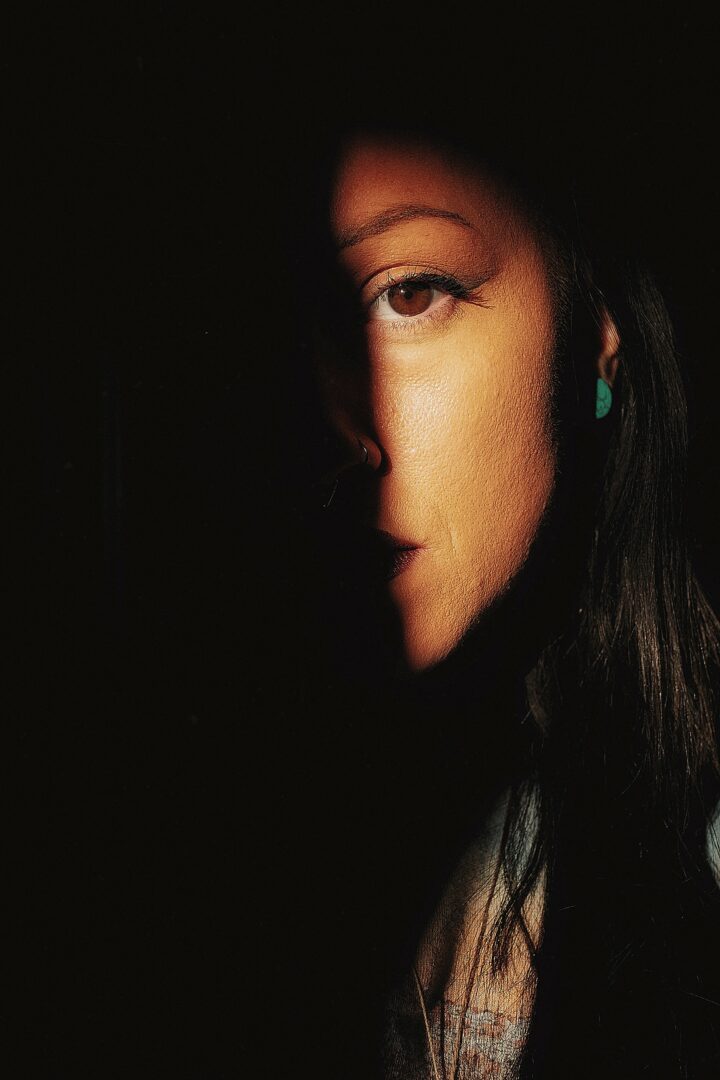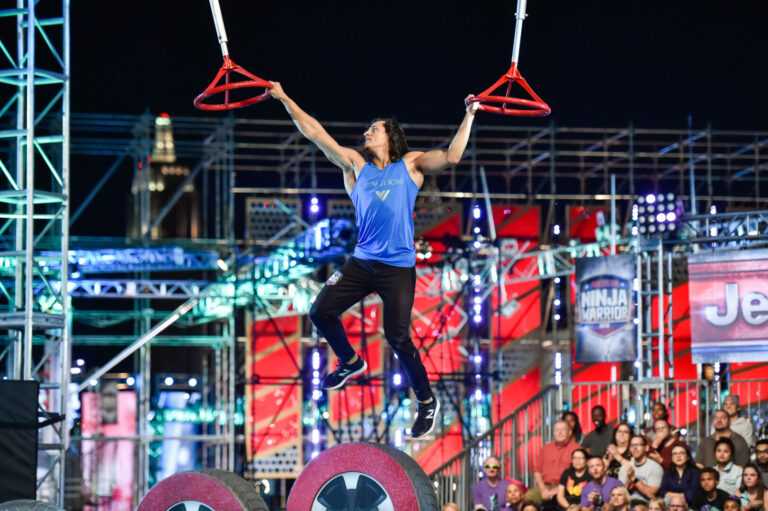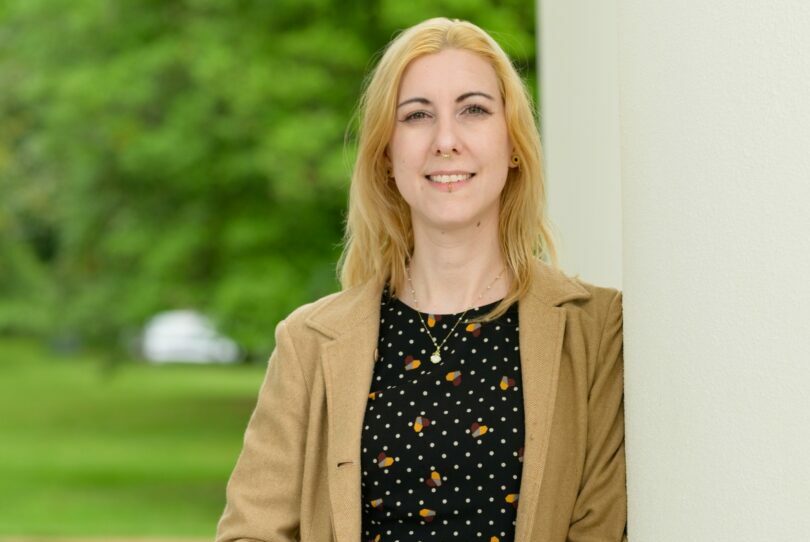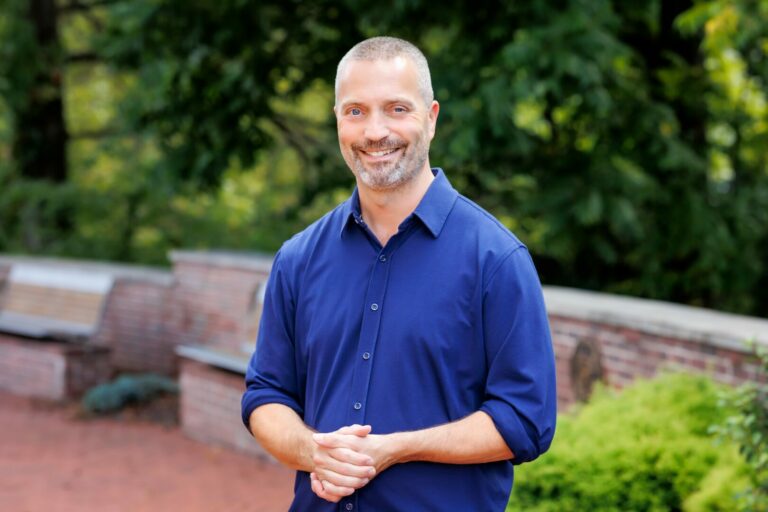We’re looking forward to introducing you to Sea Mo Aldermoon. Check out our conversation below.
Sea Mo, it’s always a pleasure to learn from you and your journey. Let’s start with a bit of a warmup: Have you stood up for someone when it cost you something?
Yes, I stood up for players on my roller derby team who had been sexually assaulted by the coach, but the culture of the league was to defend him so that they didn’t give up the “connections” he provided the league and it cost me my roller derby career.
Can you briefly introduce yourself and share what makes you or your brand unique?
My name is Sea Mo Aldermoon. I’m a special effects makeup artist, and I make movies.
My current project is a Native American burial ground horror short film.
The project: A homeless woman takes a housesitting job, but when the owners never return and stop answering her calls, she’s stuck—unable to leave their dog behind. As eerie supernatural events unfold, she uncovers the house’s dark past: it was built on the site of a Native American tragedy. Digging through the owners’ belongings, she begins to uncover disturbing truths about them—and the source of the house’s unrest.
Right now, I’m building the audience for this project through direct community support. The bigger vision behind all of my work is to make high-quality, large-scale films completely independently—outside of Hollywood.
Thanks for sharing that. Would love to go back in time and hear about how your past might have impacted who you are today. What part of you has served its purpose and must now be released?
The part of me that has served its purpose and now must be released is the part that stayed dimmed to make others feel more secure. That version of me kept me safe (and alive) in the presence of jealous, volatile people. As much as my psyche resists it, I’m finally free from those who shrunk me, used me, and demanded I diminish myself to survive. I used to be constantly of service to everyone around me—partly because it was the only way I knew how to collaborate on art—but it came at the cost of never really being myself or being able to have autonomy over my life.
When did you stop hiding your pain and start using it as power?
I was in a head-on car crash a couple of years ago, at a time when I didn’t really know what to do with myself. A full-time camera gig had kept me distracted from my art for a long time. The only instances where I made videos were for free, for people who called themselves my friends or family.
The company I worked for went under, and I almost died in the crash shortly after. I had always been afraid of what the people in my life would do if I was my full self—if I put my own name on what I was making and took up space.
When the crash happened, no one was there for me. My eyes opened to the fact that there was no amount of “small” I could make myself to keep everyone else happy, and no matter how much I did for others, in the end, they wouldn’t be there.
In the silence where I put myself back together alone, I found an abundance of power in having nothing left to lose and no one to answer to.
Sure, so let’s go deeper into your values and how you think. Is the public version of you the real you?
The public version is 100% me — but a lot can get lost in other people’s projections, like I’m hiding in plain sight.
Okay, we’ve made it essentially to the end. One last question before you go. Could you give everything your best, even if no one ever praised you for it?
Giving everything my best without praise is all I’ve ever known — and luckily, I’m not in it for the applause, or I would’ve taken a very different road by now.
Contact Info:
- Instagram: https://www.instagram.com/sea_monstrosity/?hl=en
- Youtube: https://www.youtube.com/@sea_monstrosity
- Other: https://www.tiktok.com/@sea_monstrosity
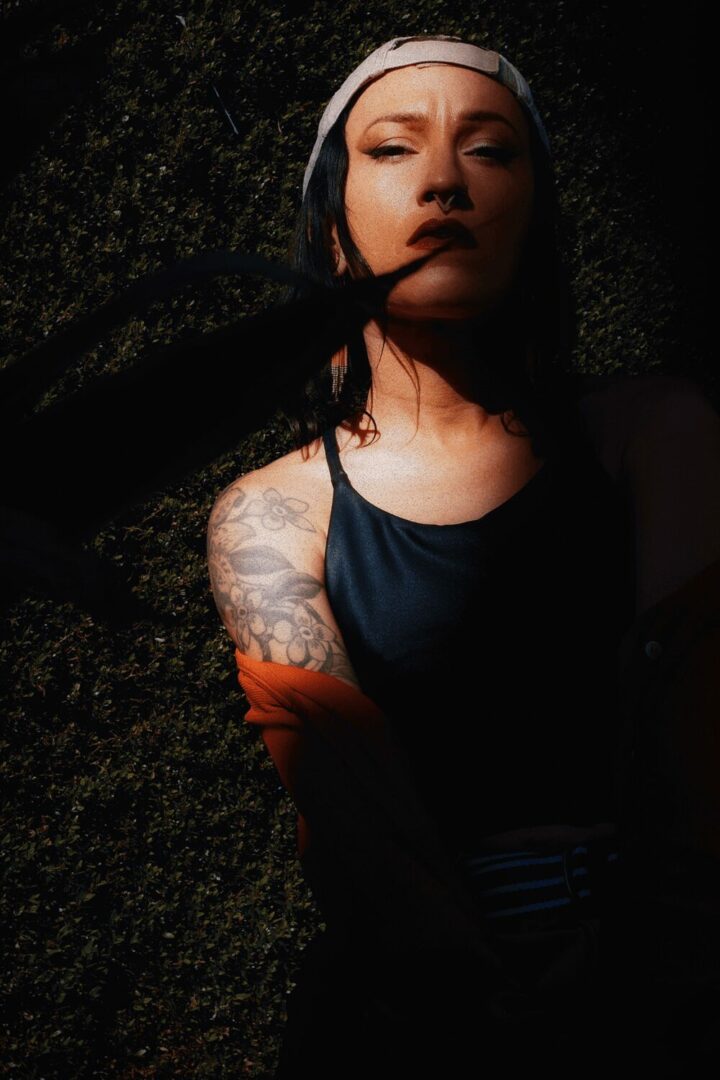
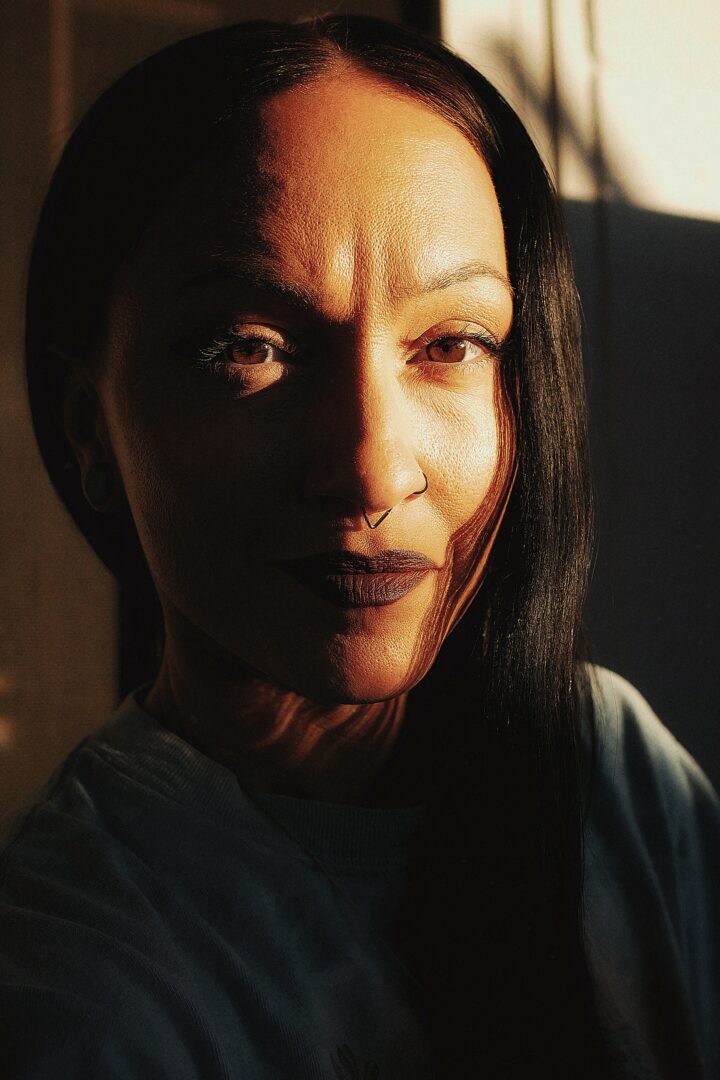

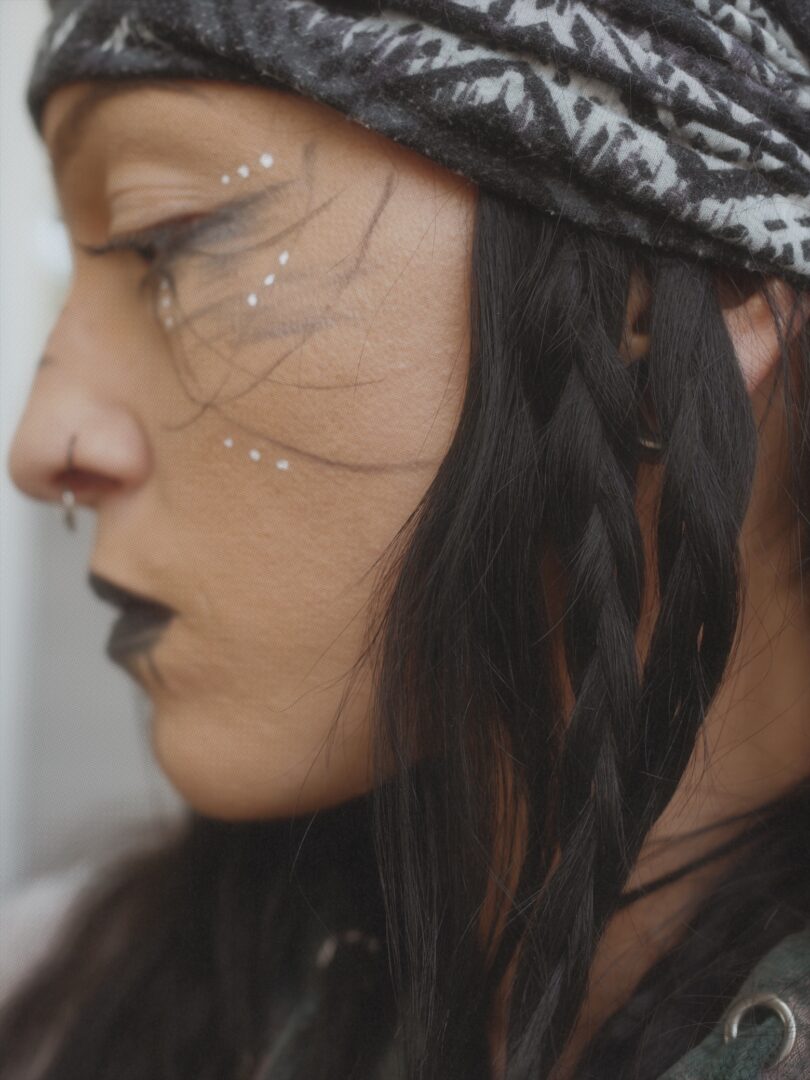
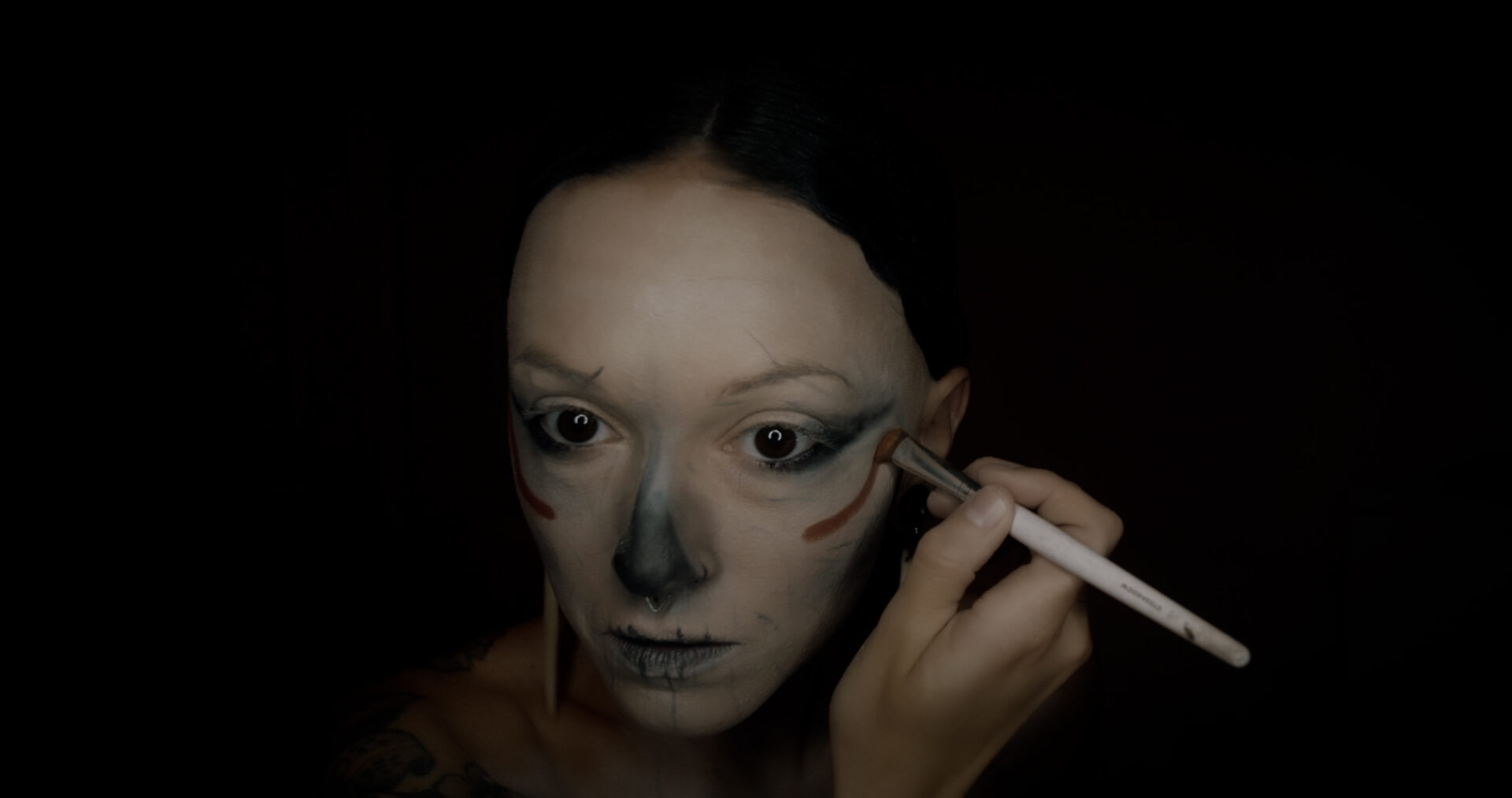
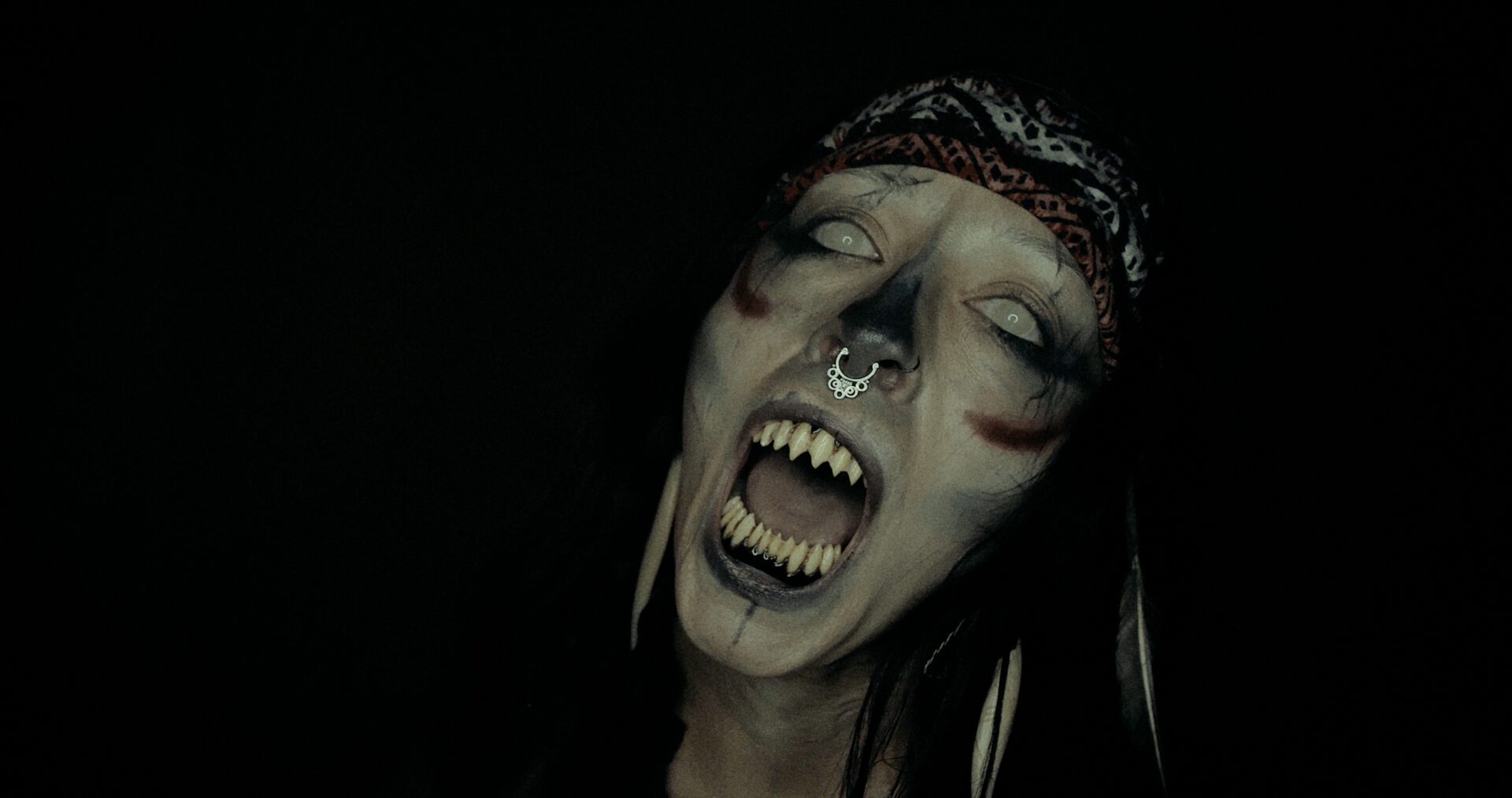
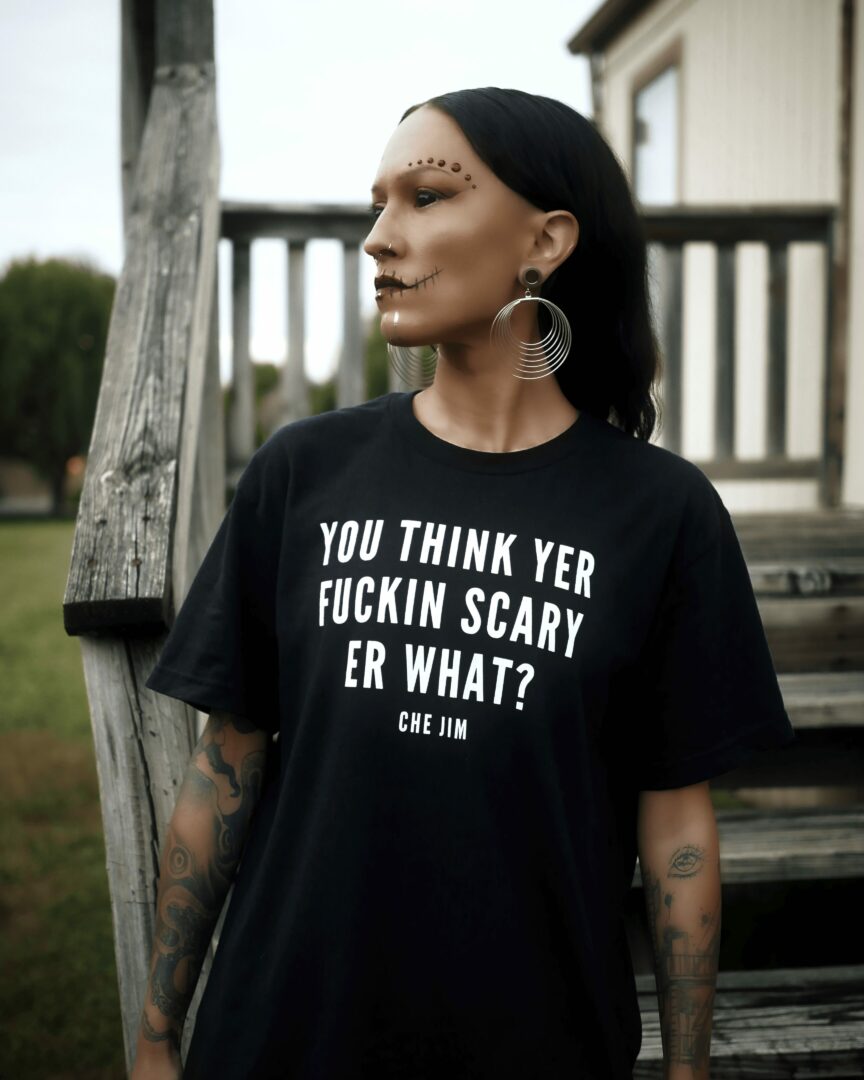
so if you or someone you know deserves recognition please let us know here.

